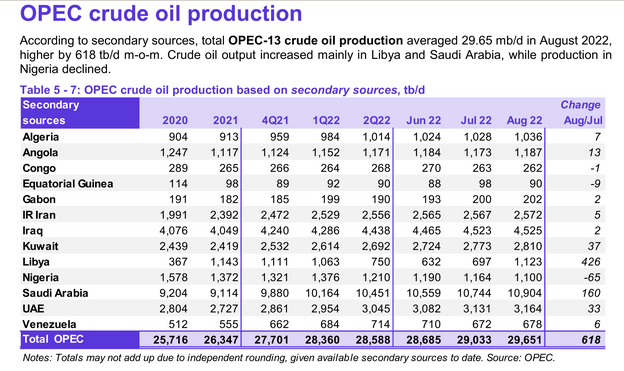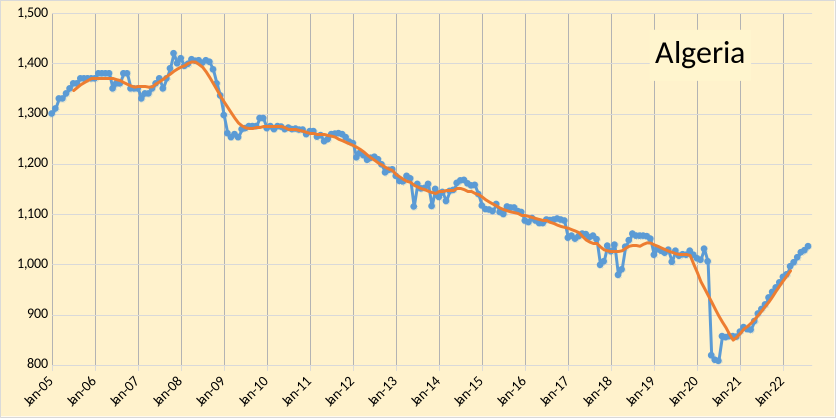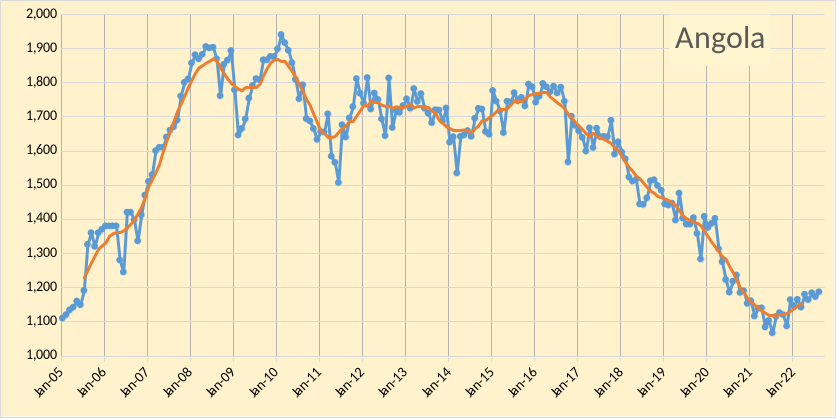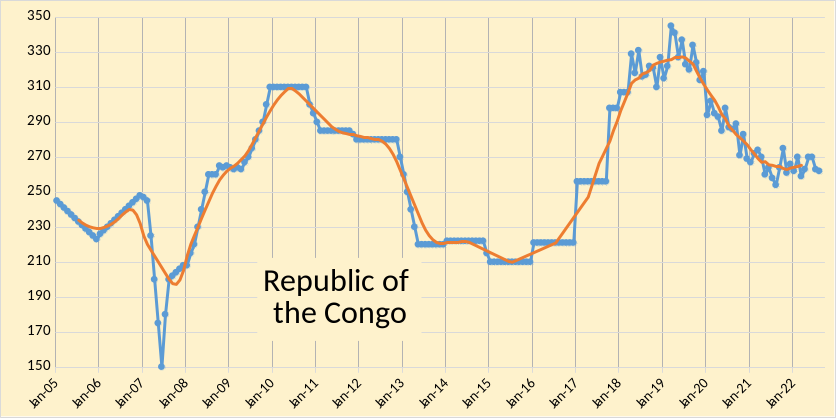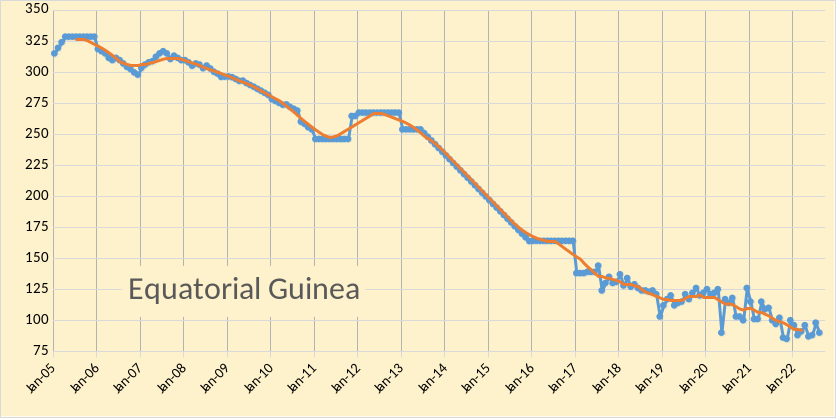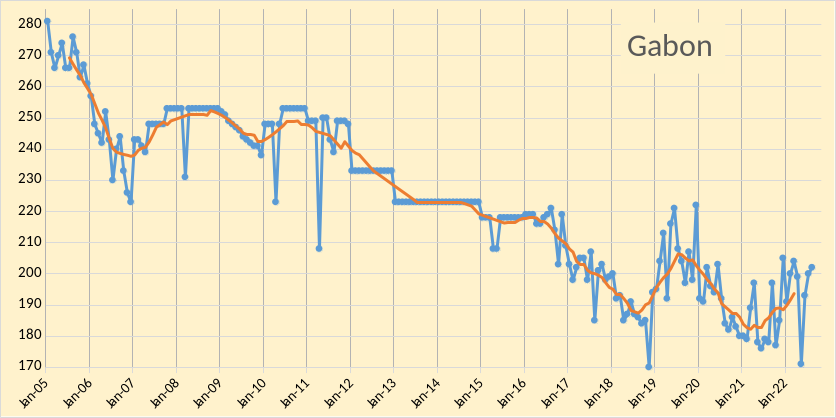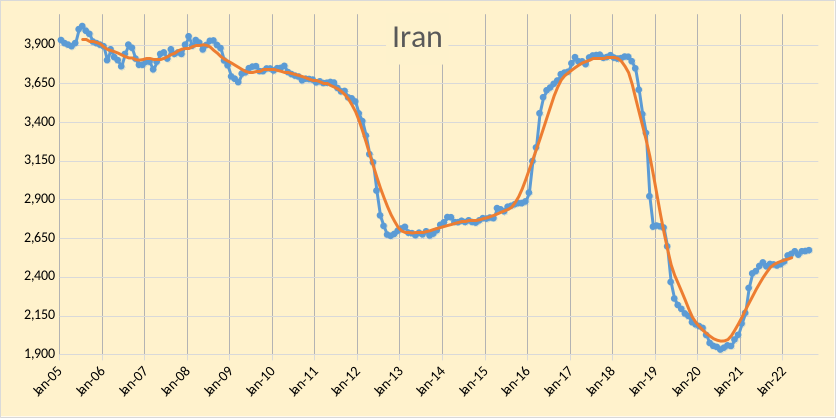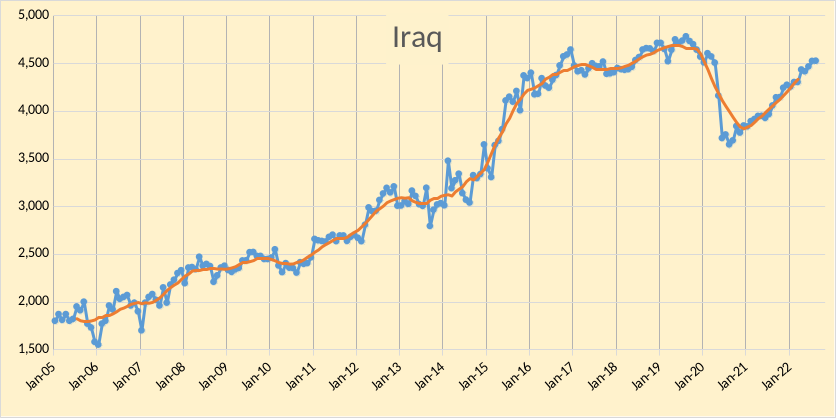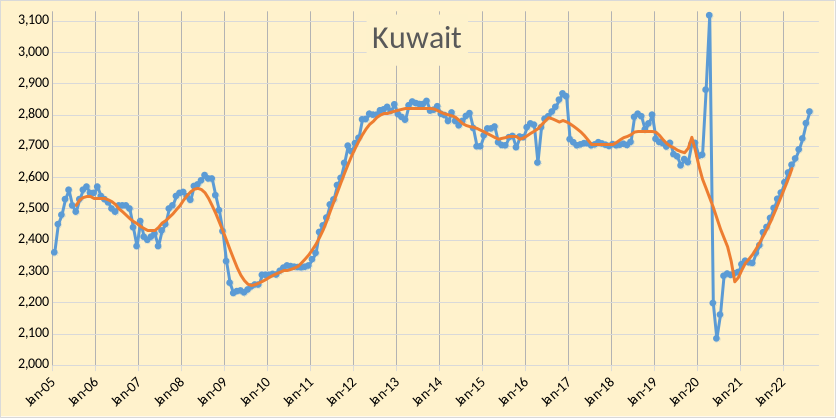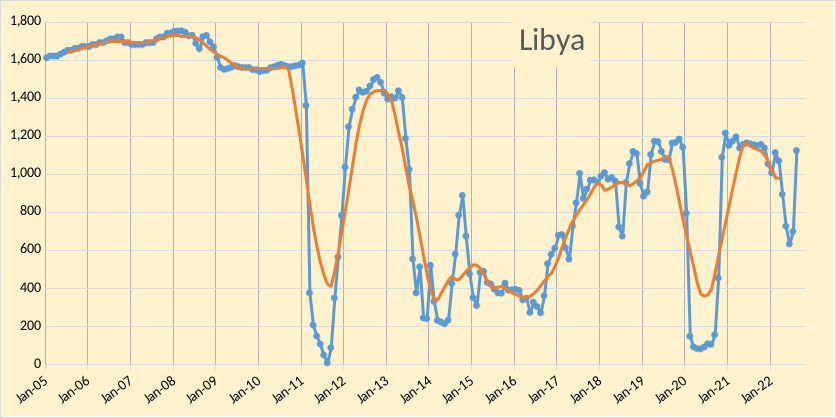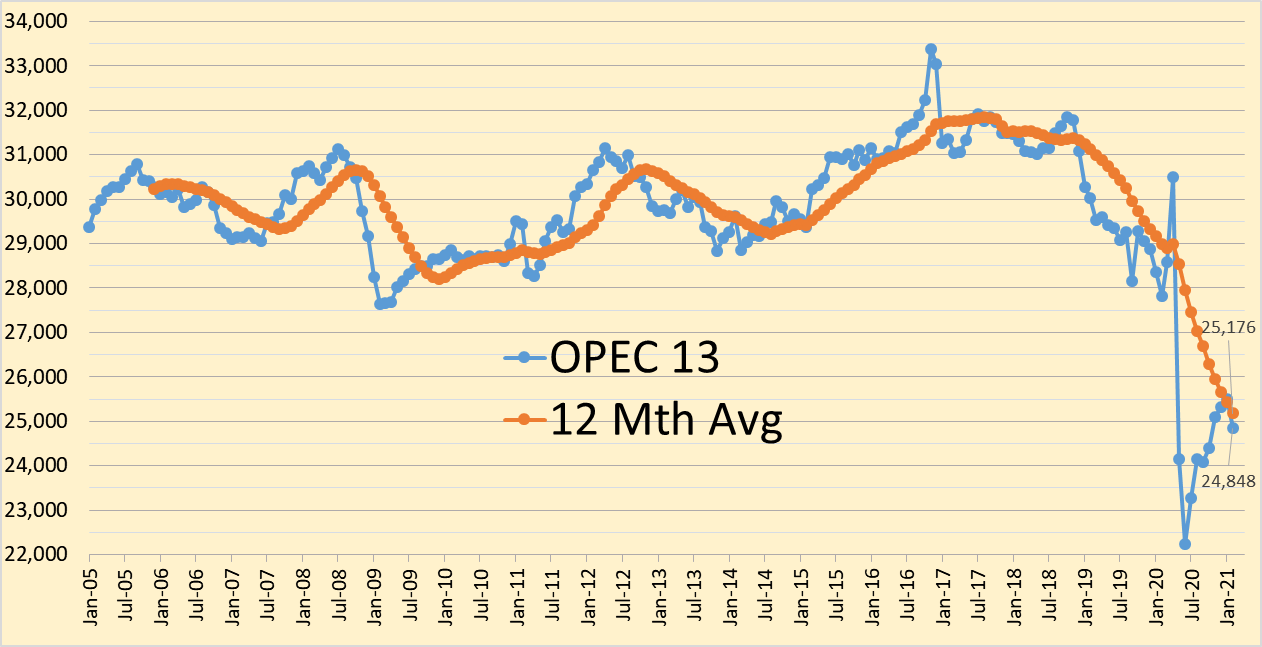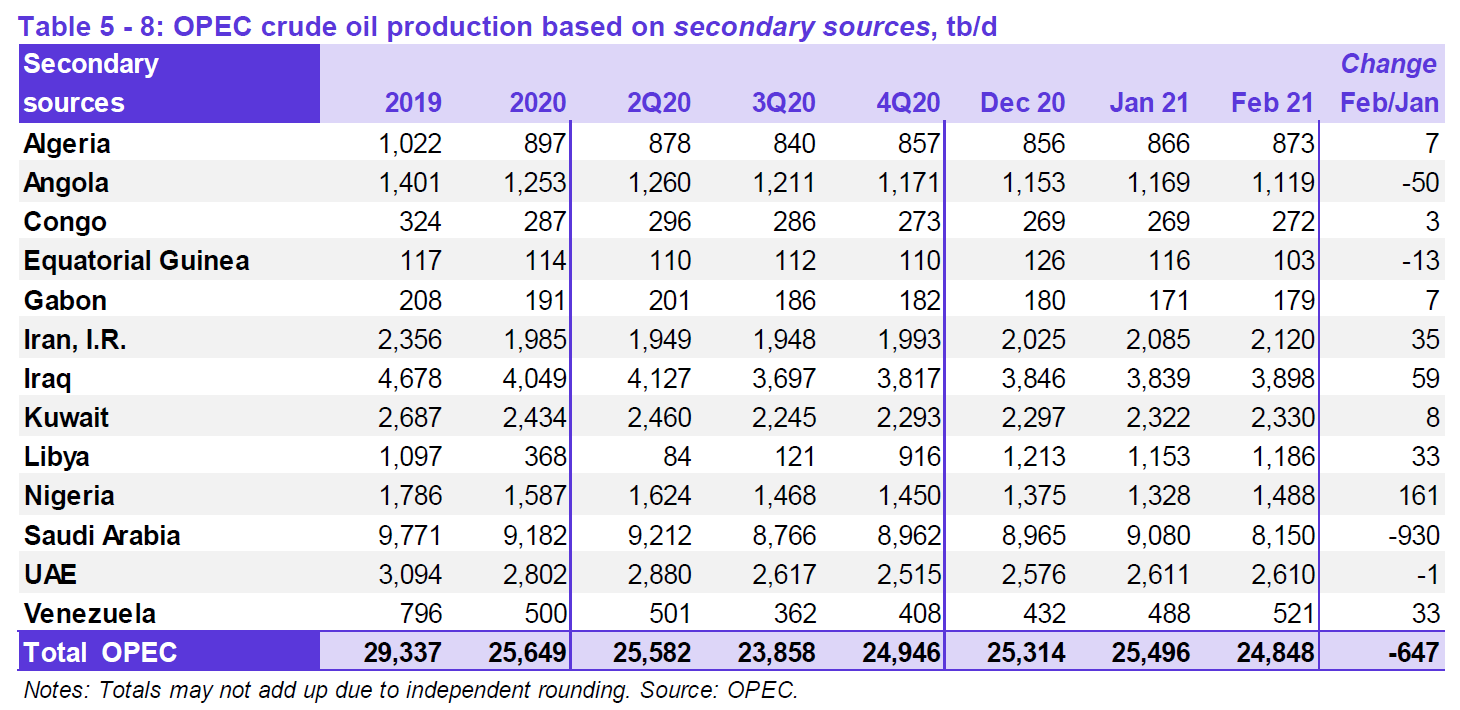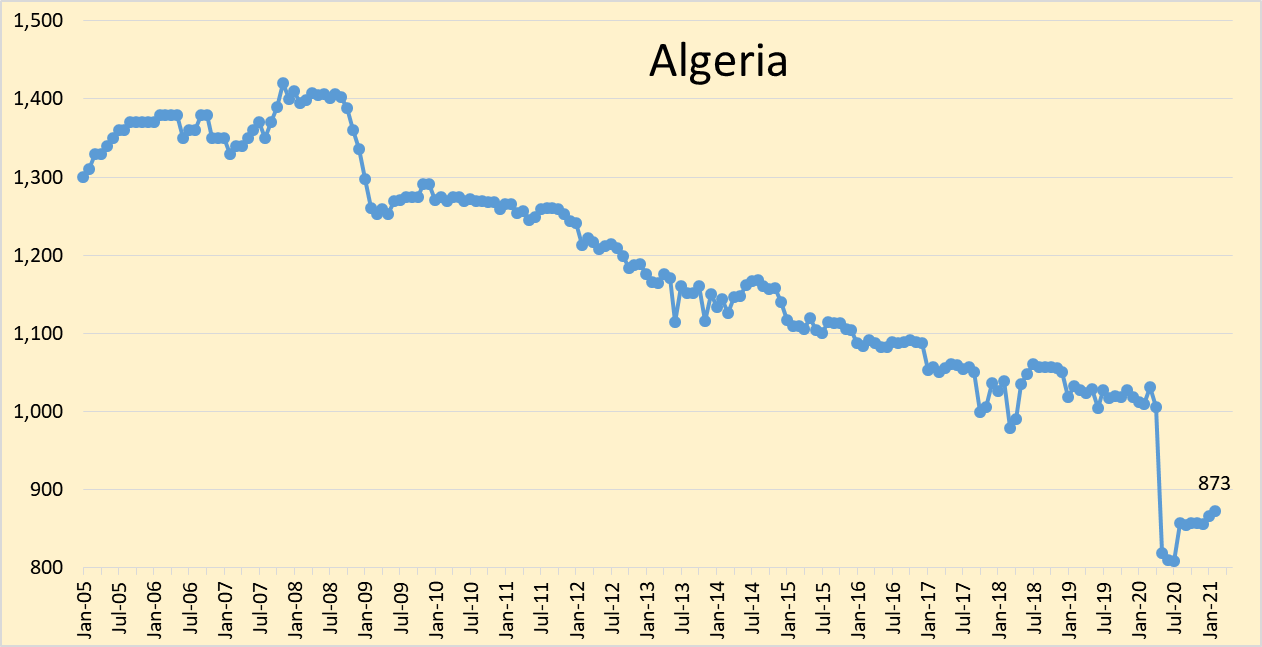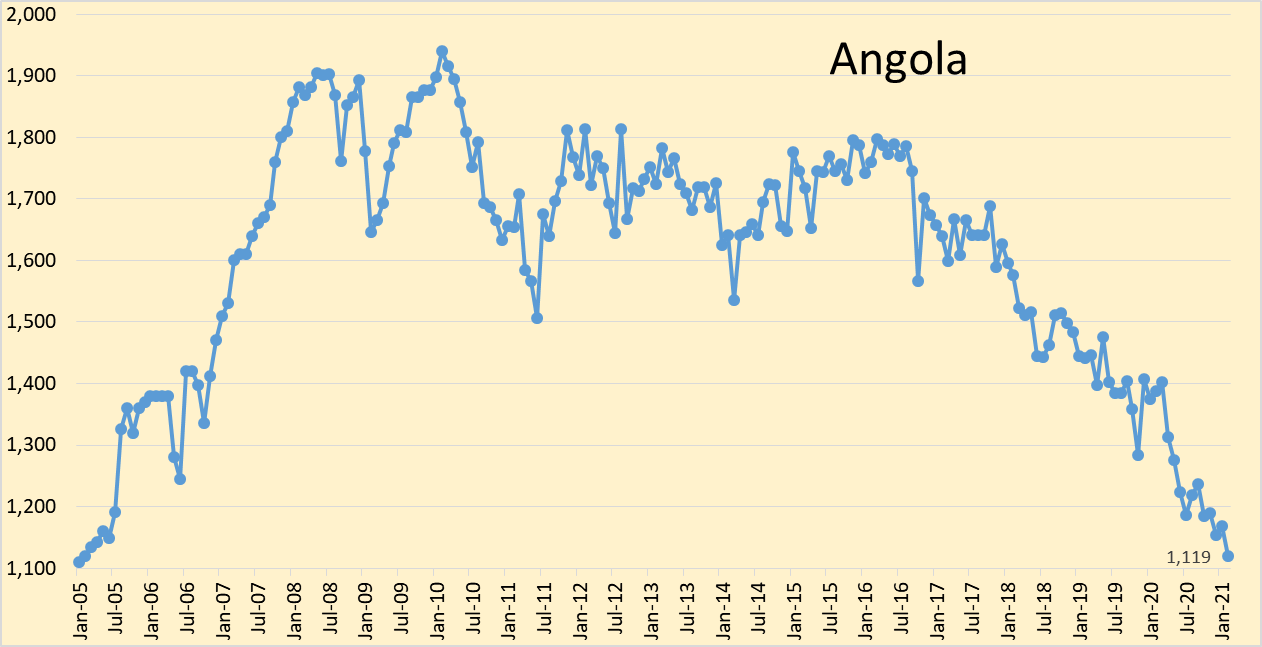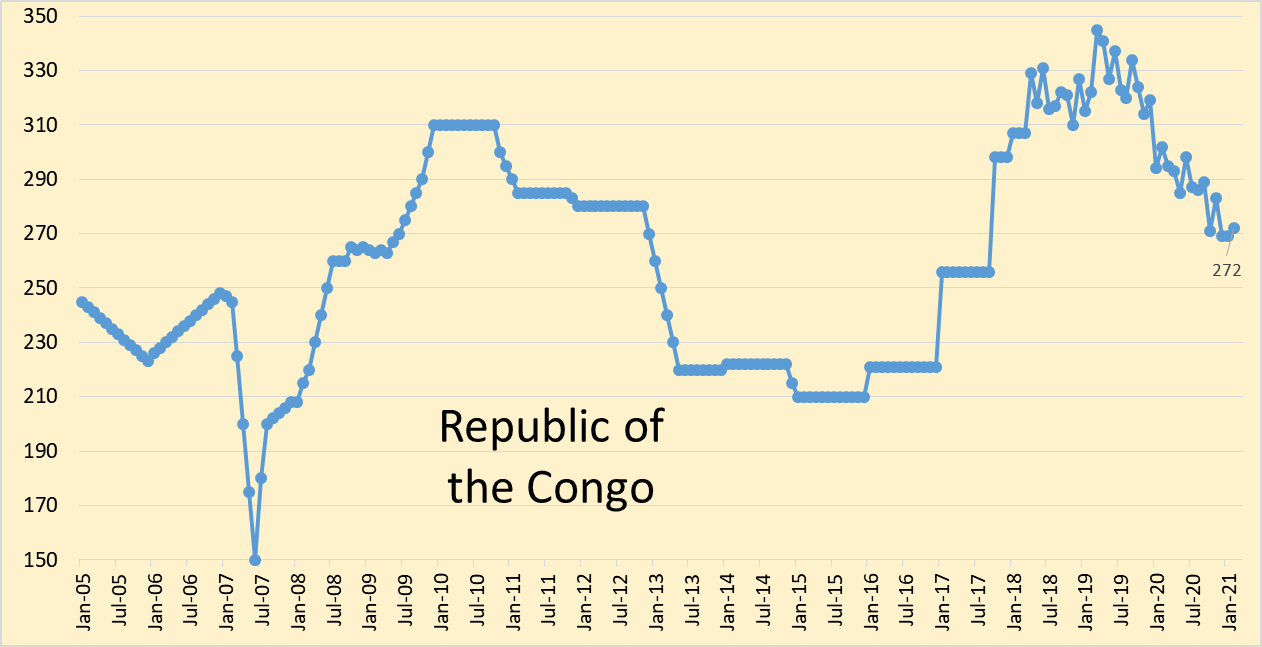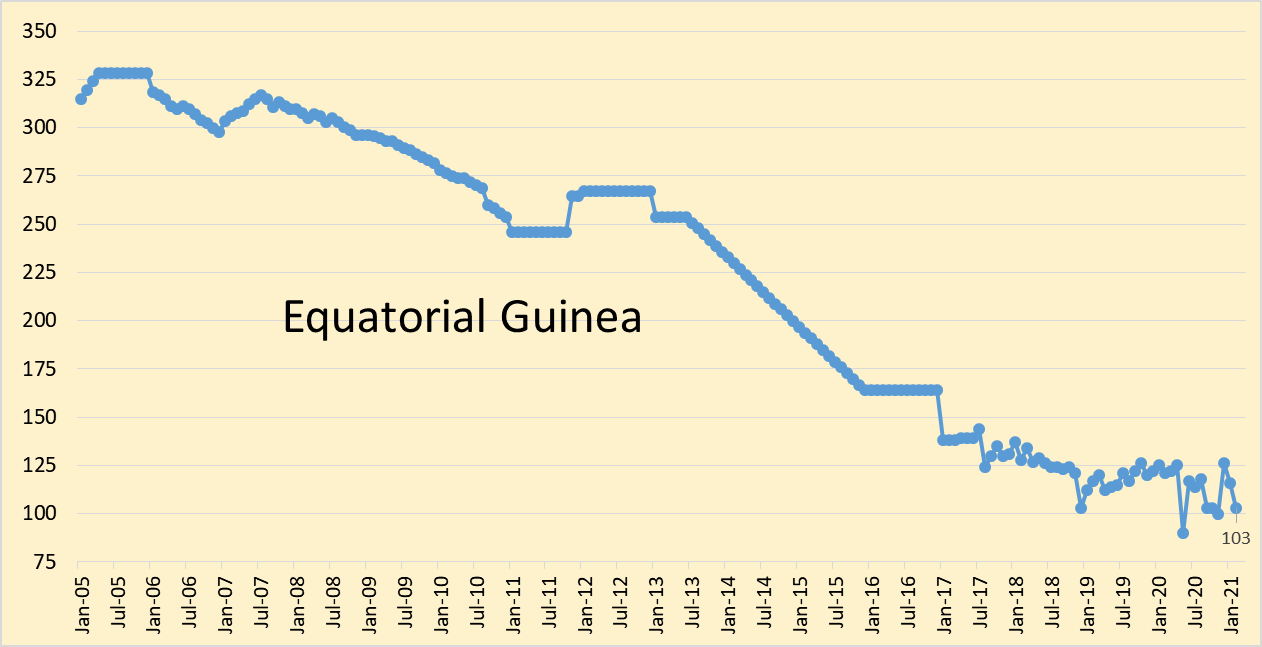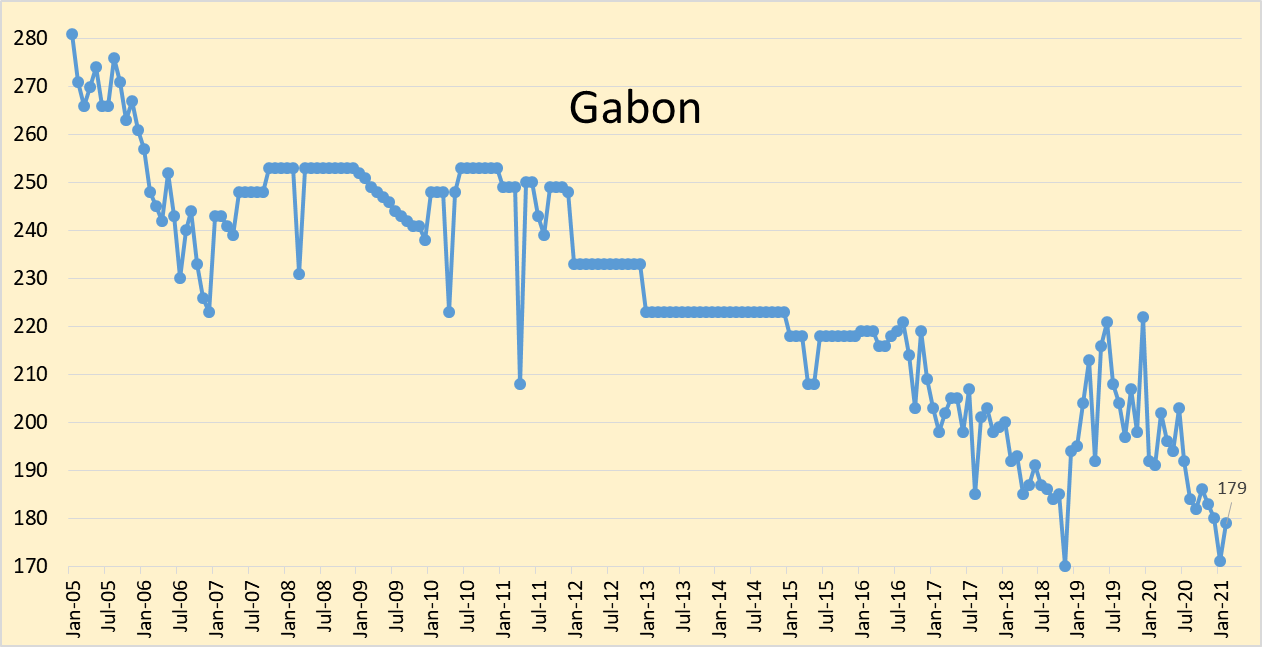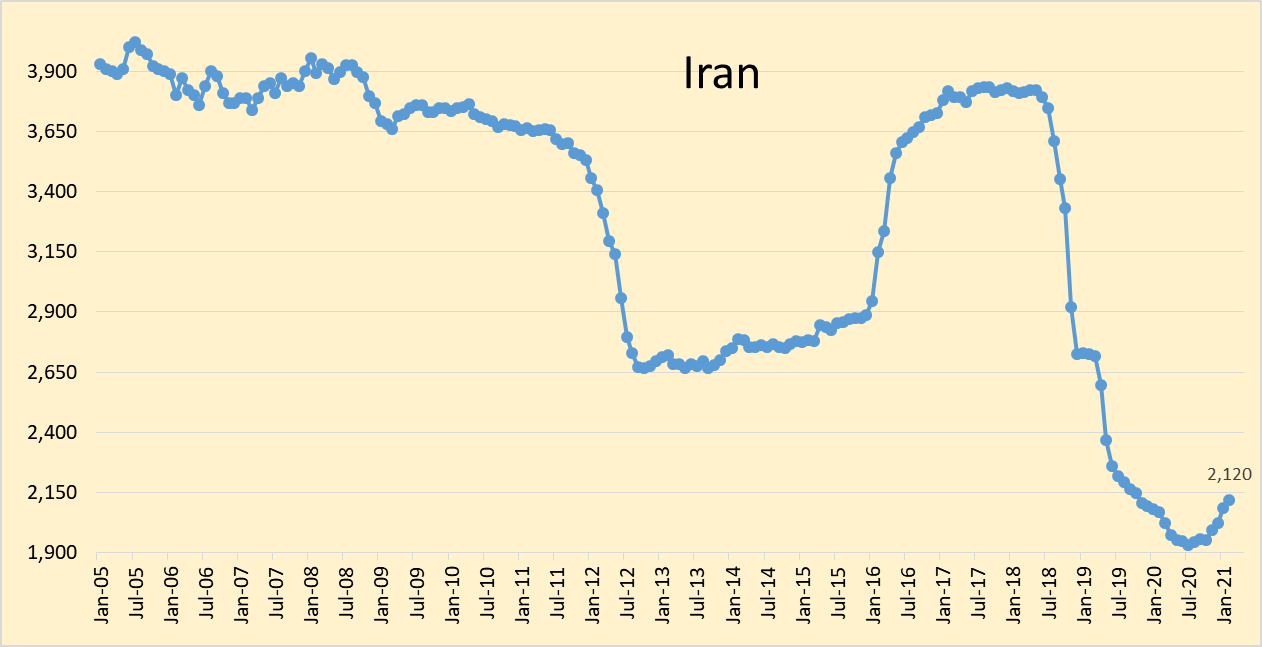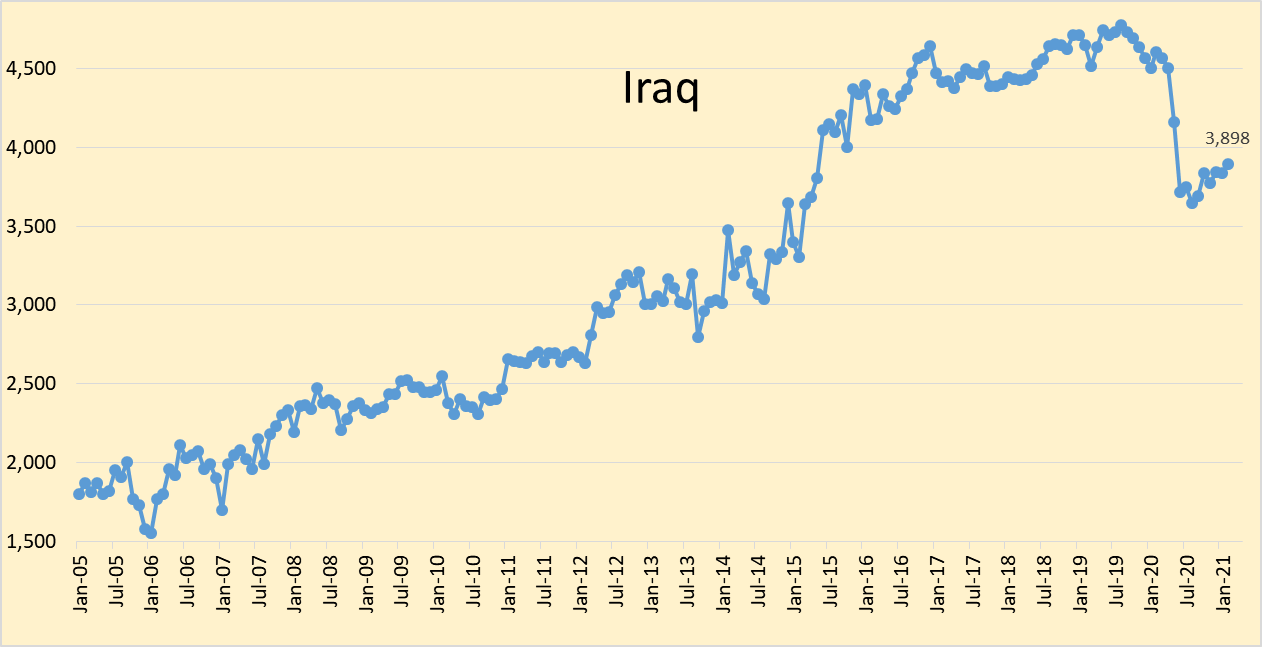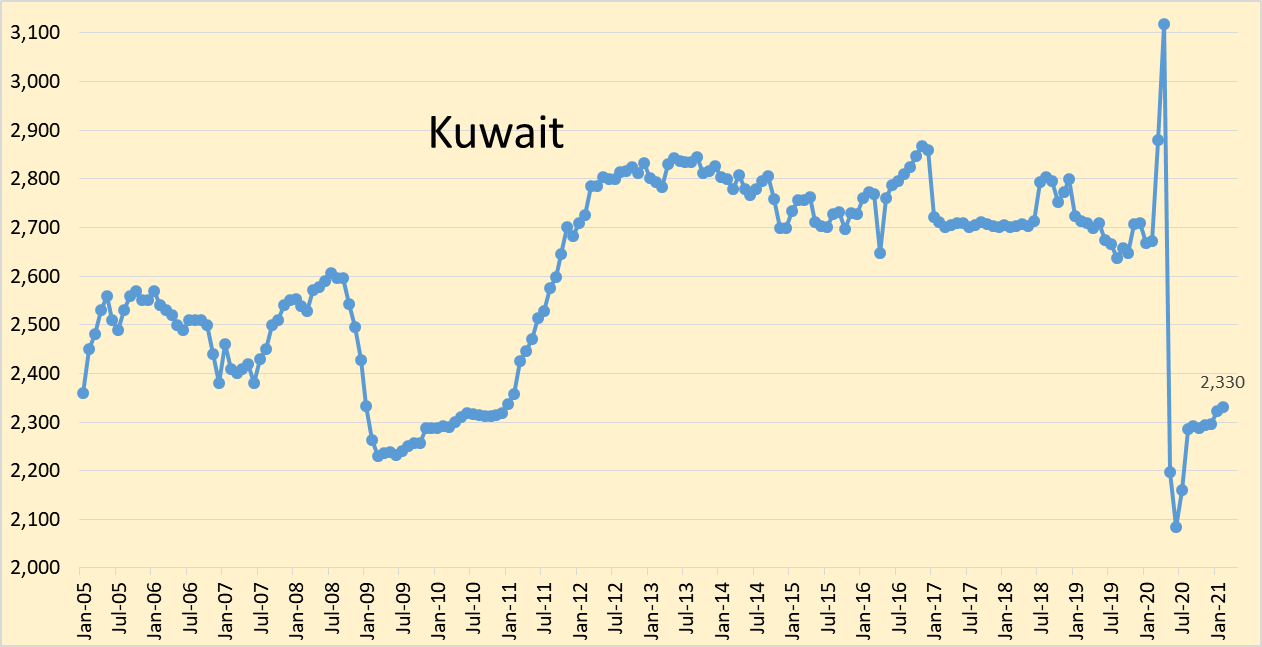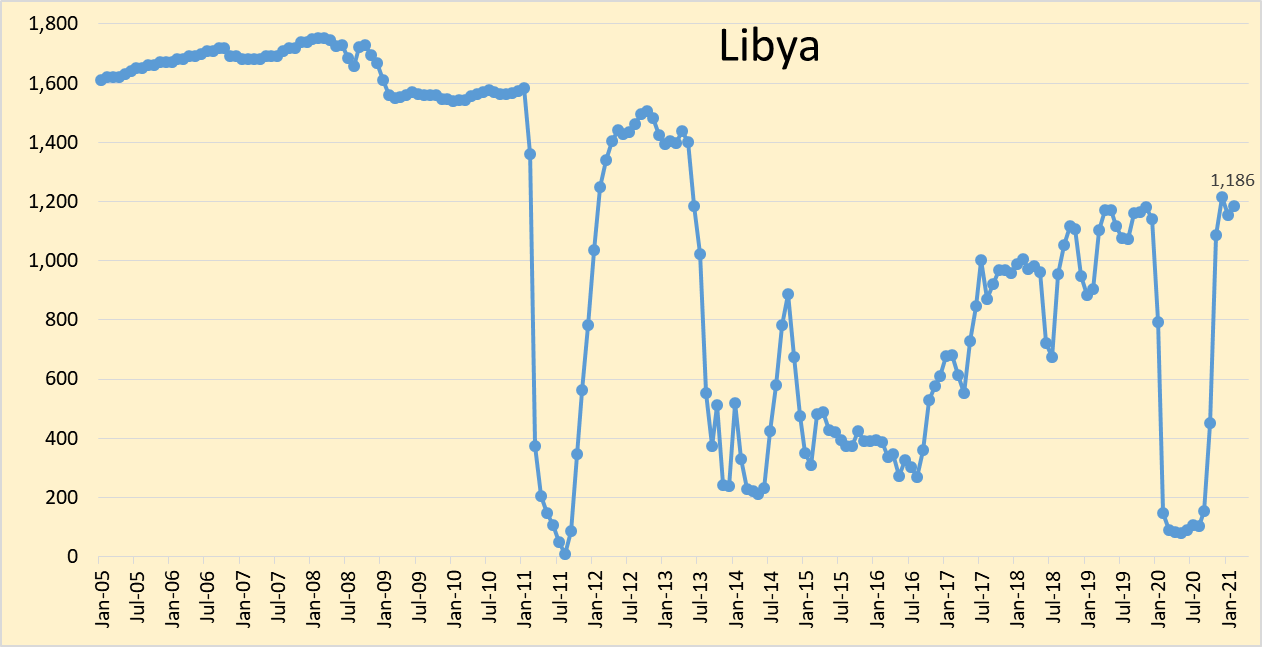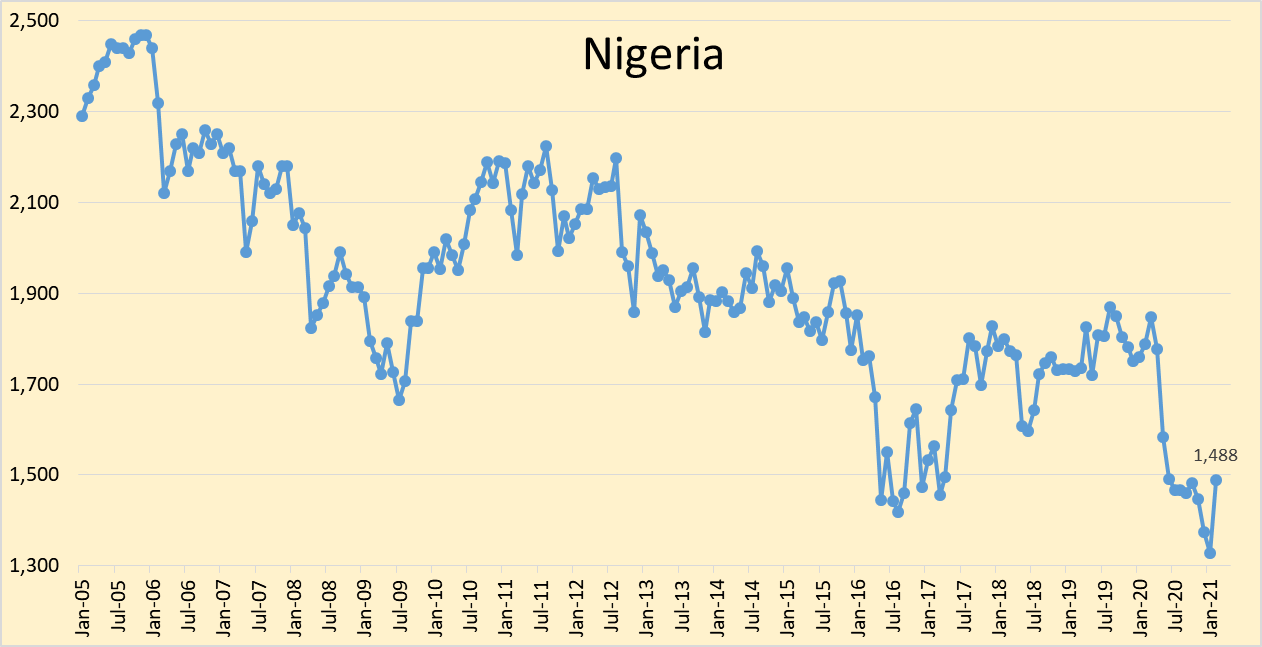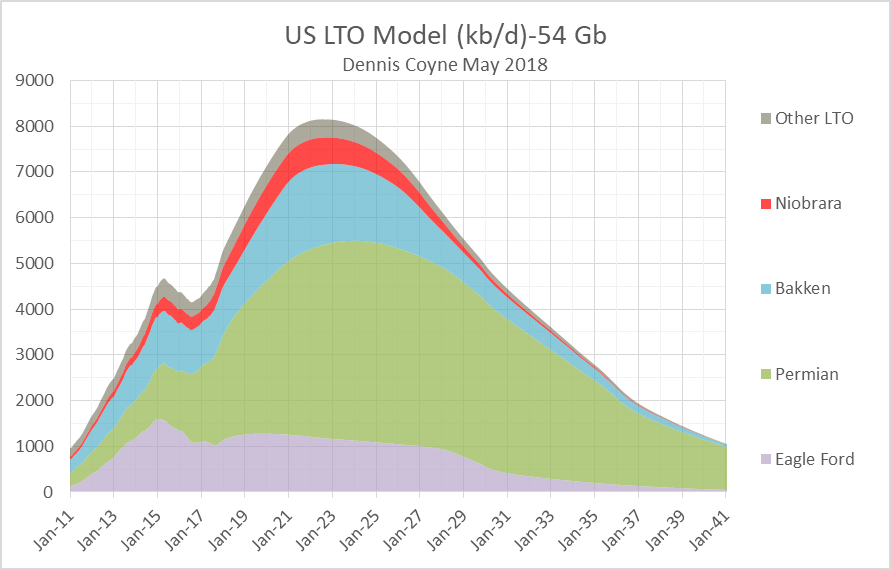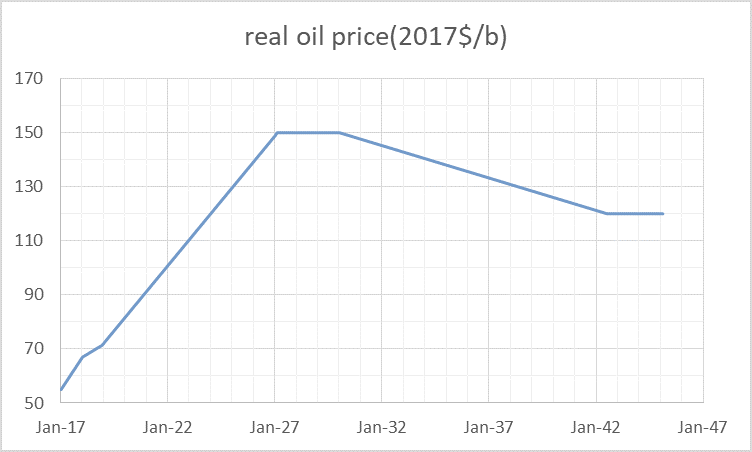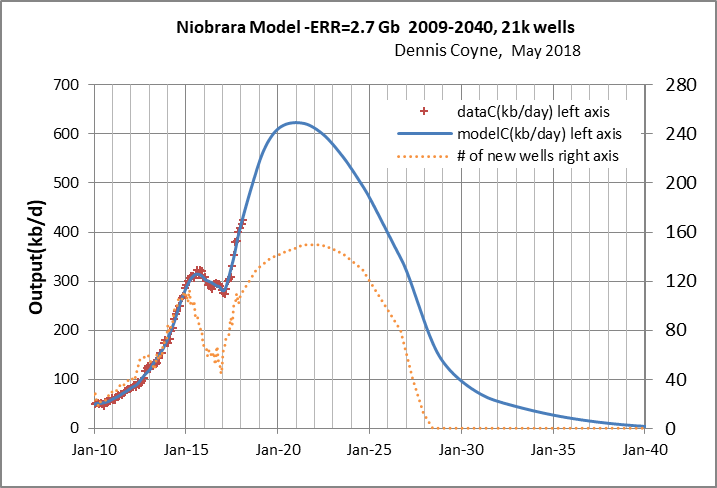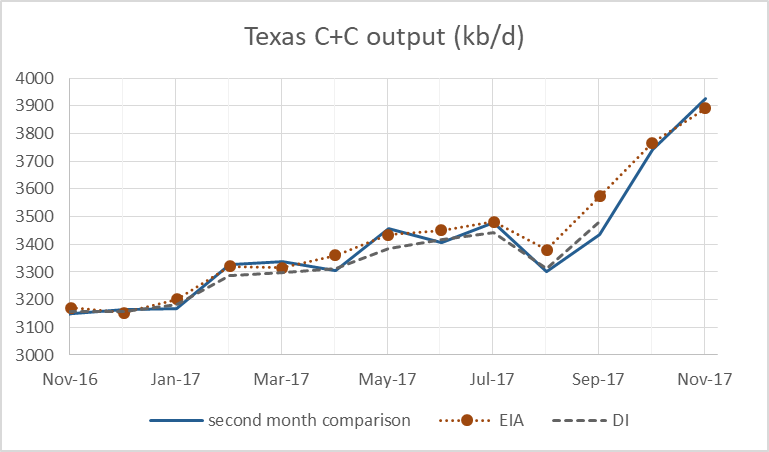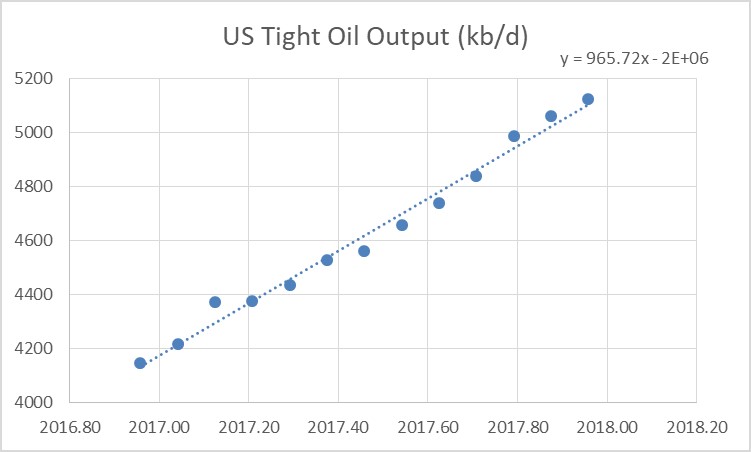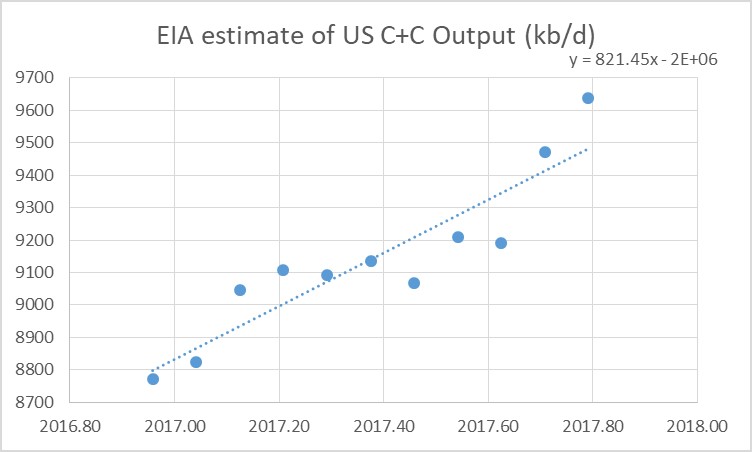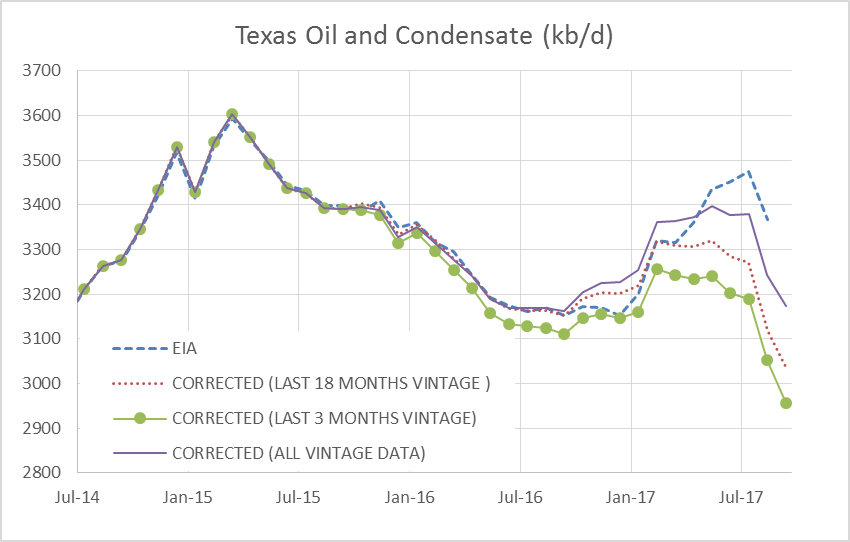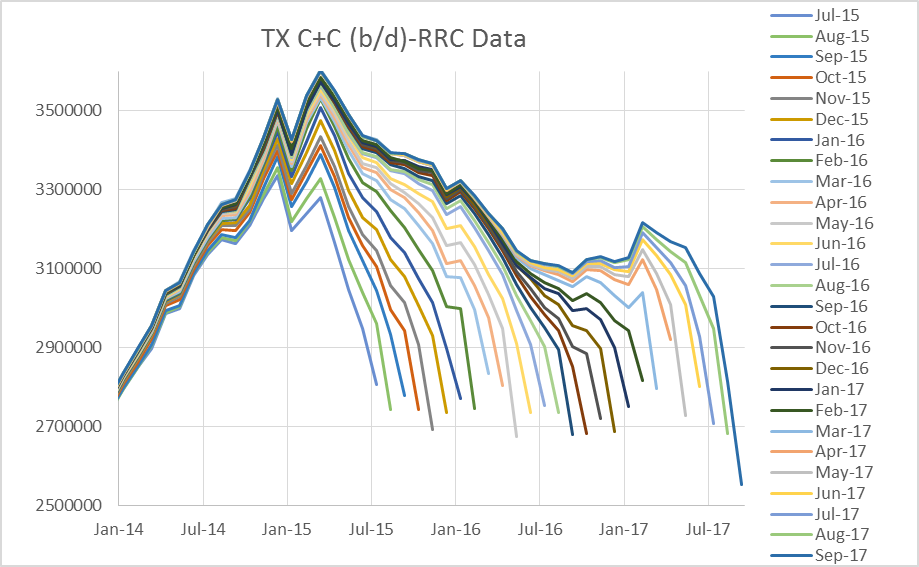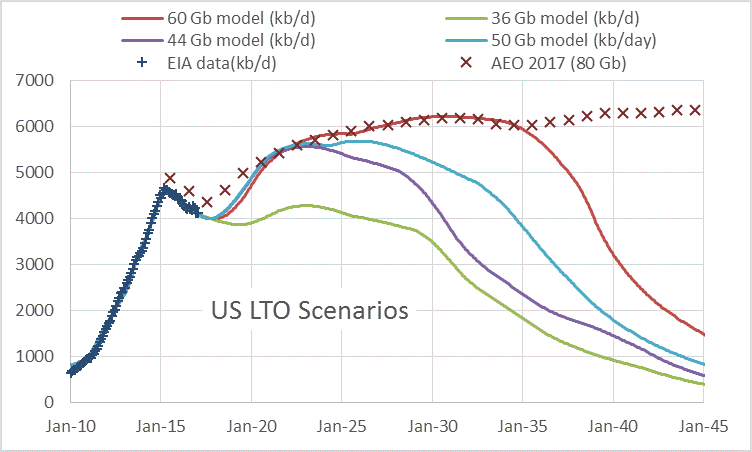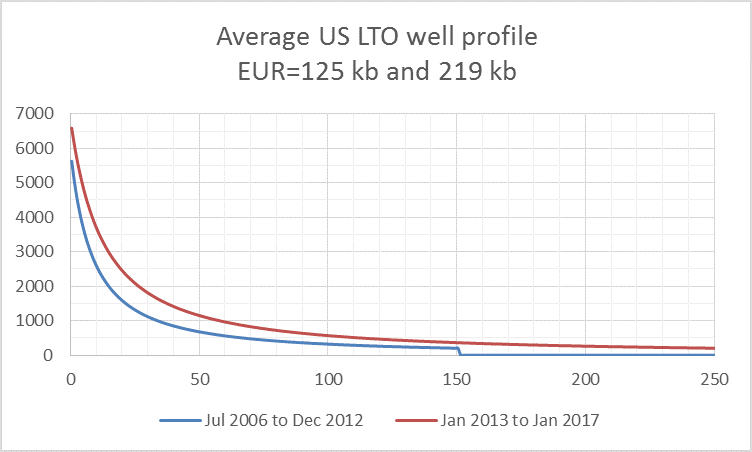The post that follows is a guest post by southlageo, a geologist with over 30 years of oil industry experience.

In this post, I will address 3 topics relating to the Northern Deepwater Gulf of Mexico –
1. Historical oil production
2. One view of the future of exploration
3. EUR ranges
I will limit my comments to oil production (not gas production). All production data is from BSEE/BOEM. The play outlines on the map are my best estimates. I will be using the BSEE definition of deepwater which includes water depths greater than 1000’. And, I will be assuming a Business As Usual future – by that I mean that fossil fuels will continue to be an important an energy source, and the world will continue to be able to afford them.
1. Historical production
Cumulative production to date from the deepwater GOM is about 7 billion barrels of oil (Bbo). Total shelf production is about 13 Bbo. The chart below shows both shelf (in green) and deepwater production (in brown/red), in annual, increments, going back to 1985. As you can see, shelf production dominated throughout the 80s and 90s, and then in 2000 deepwater production exceeded shelf production, and it has been that way ever since.
(The totals above include production from before 1985)

The 3 peaks in deepwater production, in 2002-2004, 2009-2010, and the present peak from 2014, are the results of advances in technologies that have allowed industry to march into deeper water and produce from deeper reservoirs.
The earliest peak was, in a sense, an extension of shelf play types into deepwater. The reservoirs were Pleistocene to Miocene in age, mostly bright-spot associated, and outboard of salt, and ranged in depth from ~10,000-20,000’. The biggest fields in this trend were Shell’s Mars/Ursa complex in Mississippi Canyon, and their Auger field in Garden Banks. Peak production approached 1 million barrels of oil per day (mmbopd).
…click on the above link to read the rest of the article…

